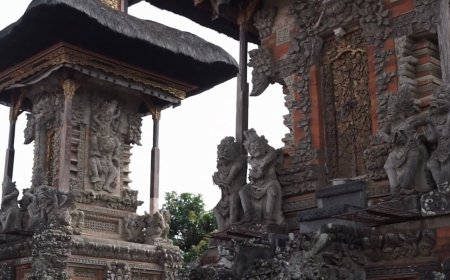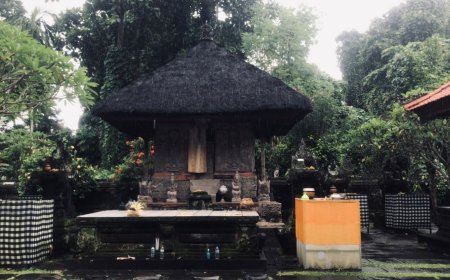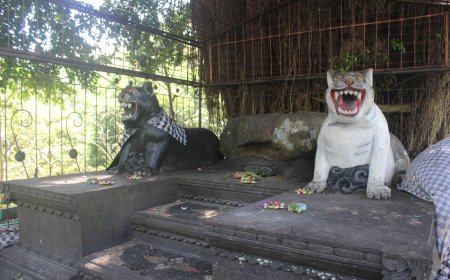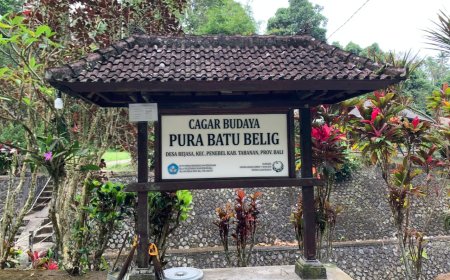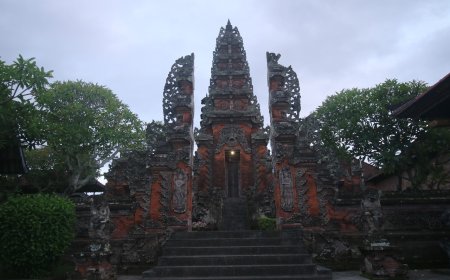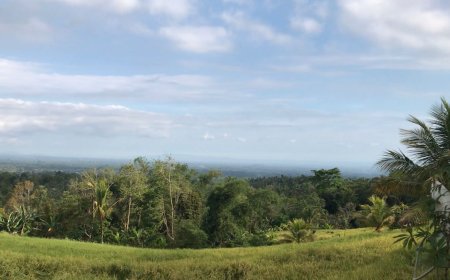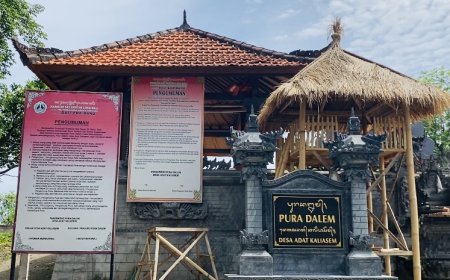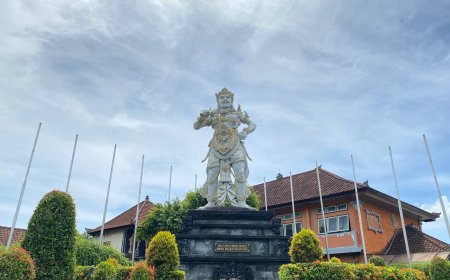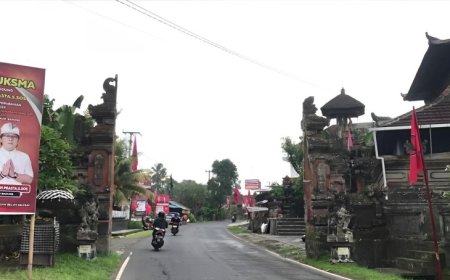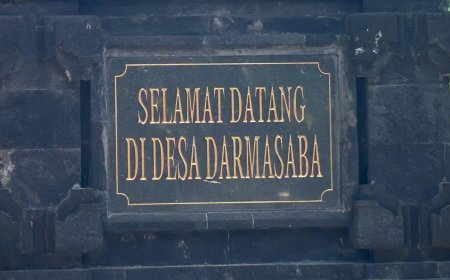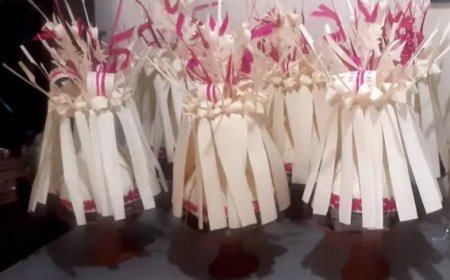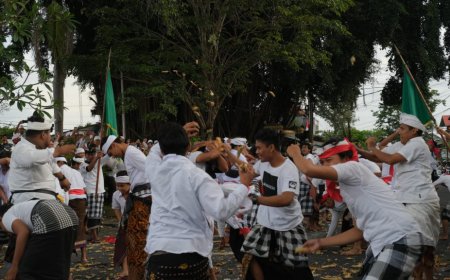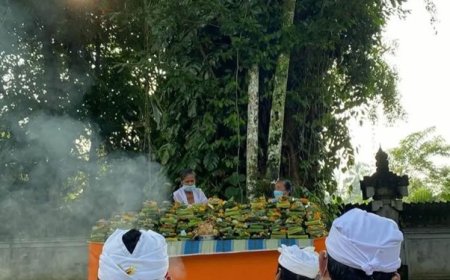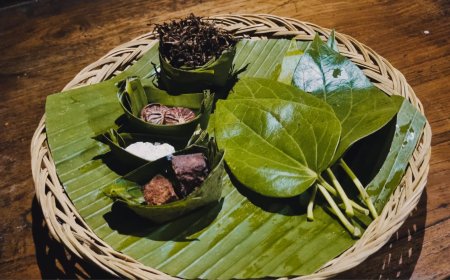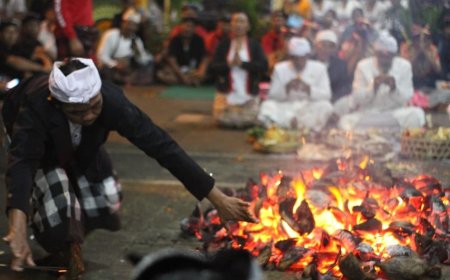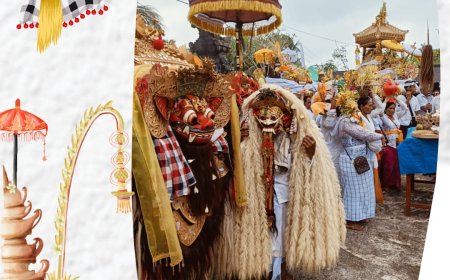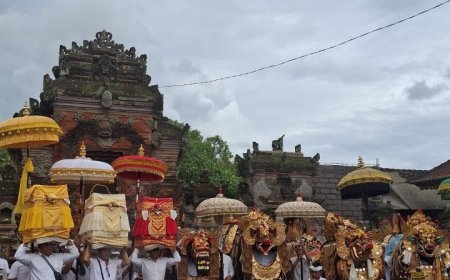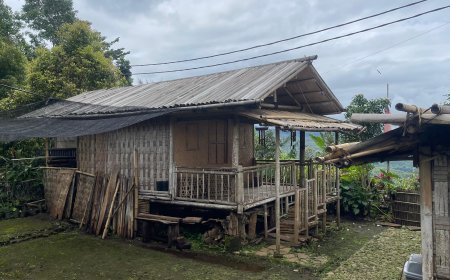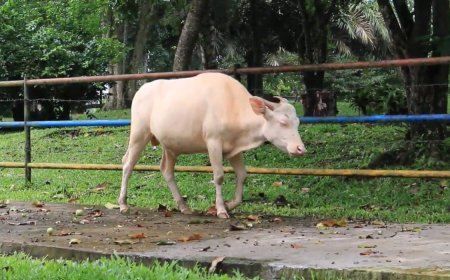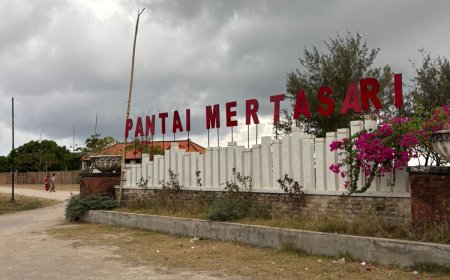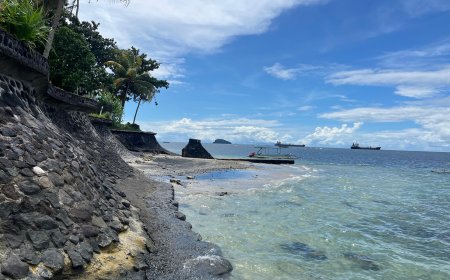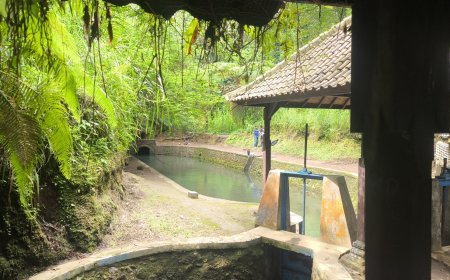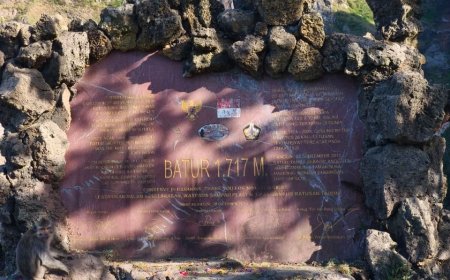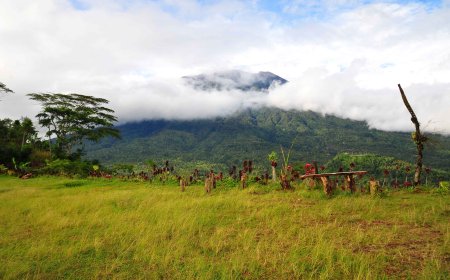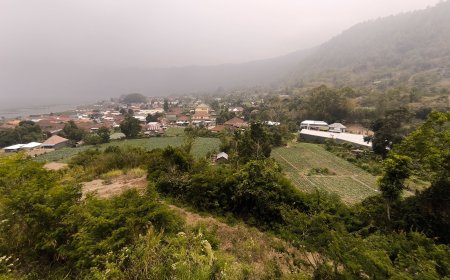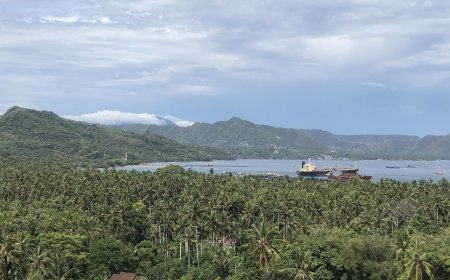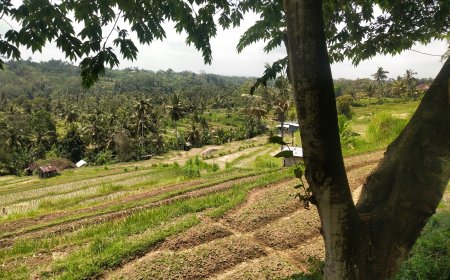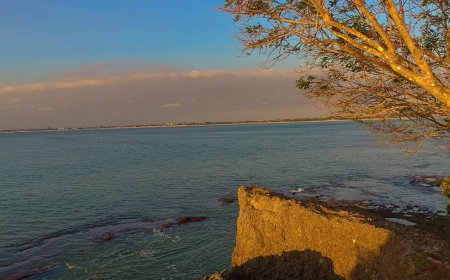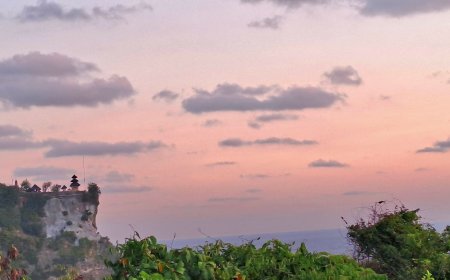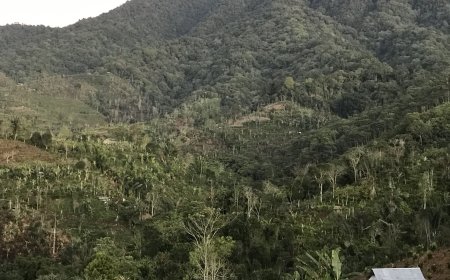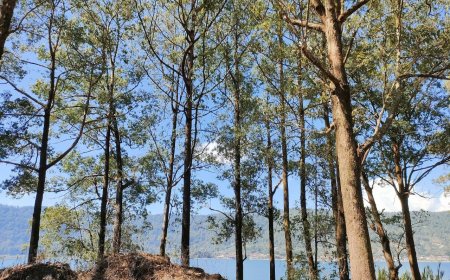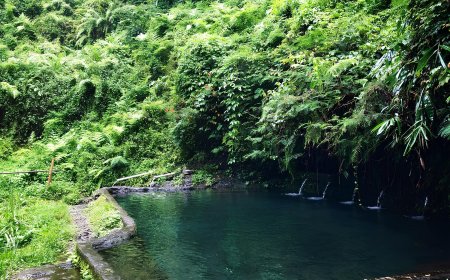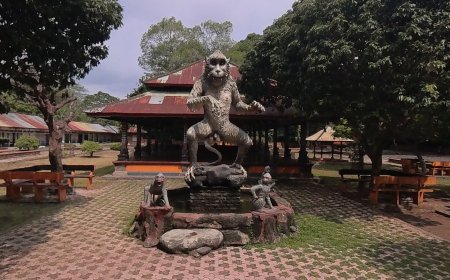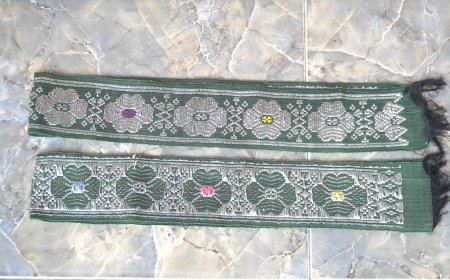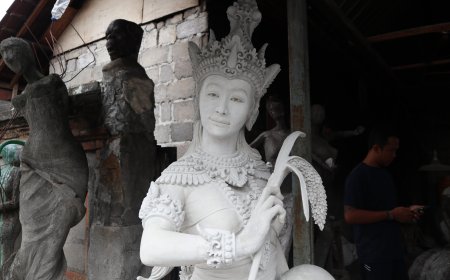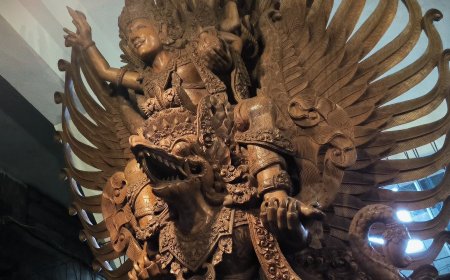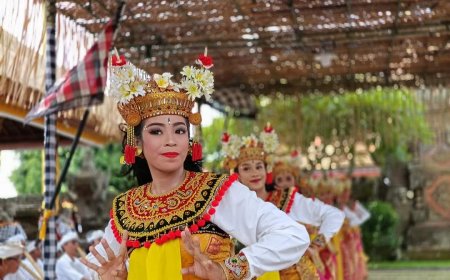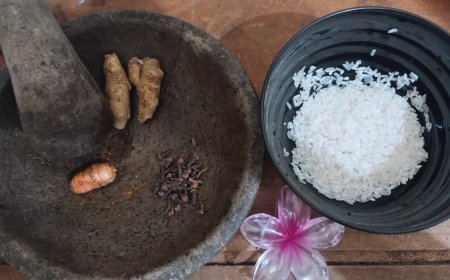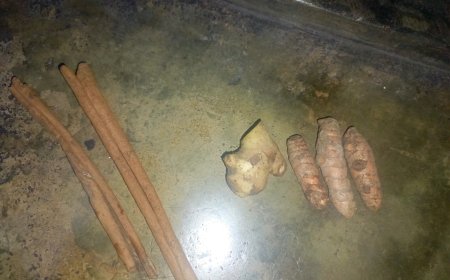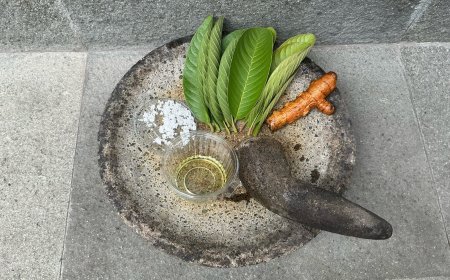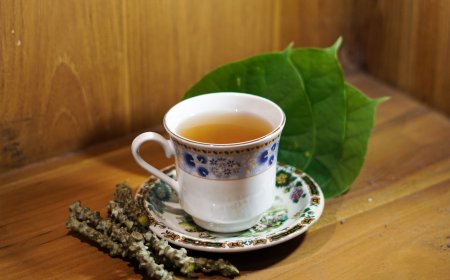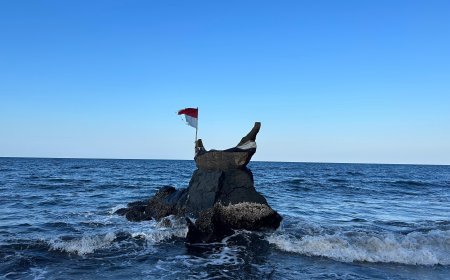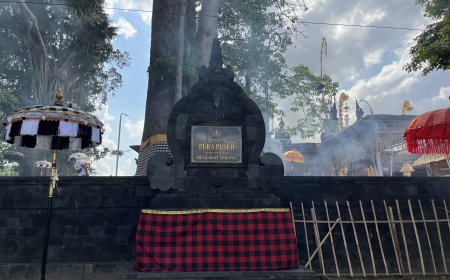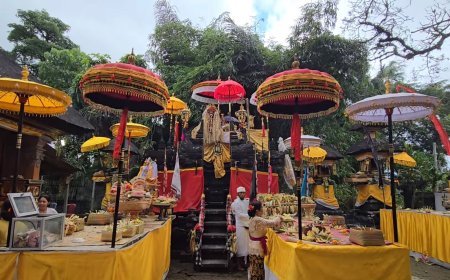Pura Dalem Cedok Waru: Gajah Mada's Tapa Brata at Segara
Pura Cedok Waru, located on the beach in the traditional village of Kuta, Badung, Bali, is a sacred site with historical traces from the era of Gajah Mada, who conquered Bali in 1343 AD. Surrounded by magical waru trees, this temple is not only a center of worship but also a symbol of unity for all layers of society. With its ancient structure and valuable heritage, Pura Cedok Waru serves as a spiritual place for conducting various religious ceremonies for the Hindu community.
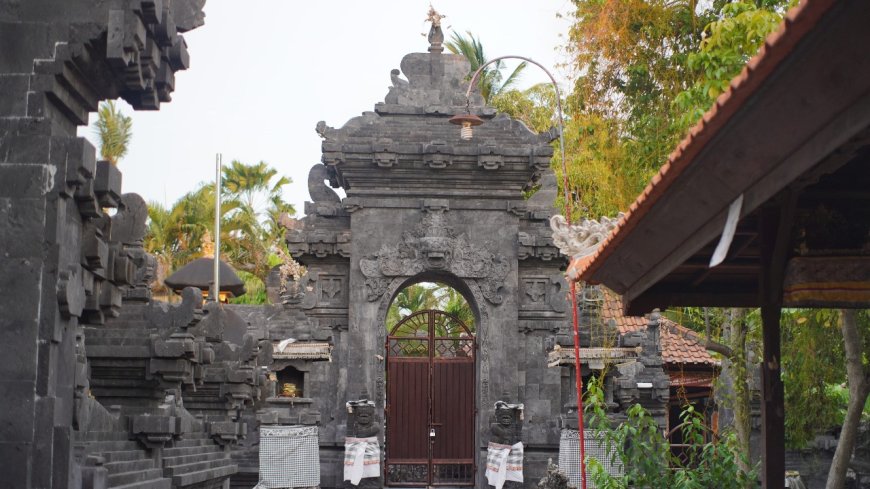
Pura Cedok Waru is located on the shores of Desa Adat Kuta, Badung Regency, Bali, and is a sacred site with a long history that is closely linked to the Majapahit Kingdom's invasion of Bali. In 1343 AD, Mahapatih Gajah Mada of Majapahit successfully conquered Bali as part of his efforts to unite the Nusantara, as per his Sumpah Palapa (Oath of Palapa). This conquest marked the expansion of Majapahit's power and the unification of the archipelago under Majapahit's rule, which was a significant achievement in Indonesian history. As a reminder of this monumental event, the site now known as Pura Cedok Waru was established.
The name "Cedok Waru" is derived from the Waru tree, which grows abundantly around the temple area. The Waru tree is believed to have a magical aura that provides protection and shade. According to local legend, when Gajah Mada's soldiers first arrived at the beach, they were parched from their long and exhausting journey. They discovered a fresh spring at the edge of the beach, which still exists at the temple site today. The large, water-resistant leaves of the Waru tree were used by the soldiers to gather water from this spring. By drinking the fresh water, they were able to quench their thirst and regain their strength and inner peace.
Sacred Building at Pura Cedok Waru (Source: Personal Collection)
Pura Cedok Waru holds deep sacred significance for the Hindu community in Bali and serves as the center for various ceremonies and prayers. Built with a Dwi Mandala architectural concept, it is divided into two main courtyards: Nista Mandala (outer courtyard) and Utama Mandala (inner courtyard), where Hindus prepare themselves before entering the more sacred area. The temple's layout follows the Asta Kosala-Kosali teachings, which form the foundation of traditional Balinese architecture, ensuring that each element of the temple is placed in harmony with the principles of human, nature, and divine balance. The temple often hosts major ceremonies such as Tumpek Landep, where devotees pray for sharpness of mind and safety while honoring tools considered important in daily life. Pura Cedok Waru also functions as a communal space, where individuals, regardless of caste or social status, can come together in prayer. The temple's sacredness is further reinforced by the presence of statues and sacred heirlooms, all of which are respectfully maintained by the local community, making the temple not only a place of worship but also a guardian of Bali's cultural and spiritual heritage.
Path to Pura Cedok Waru (Source: Personal Collection)
The path leading to Pura Cedok Waru offers visitors a chance to enjoy the breathtaking beauty of nature, creating a captivating and magical experience. This pathway not only serves as access to the temple but also provides a unique journey for anyone walking along it. As visitors walk along the path, they are surrounded by towering coconut trees, creating a typical tropical ambiance and radiating calming natural energy. Among the coconut trees, there are various types of other tropical plants.
Holy Spring inside Pura Cedok Waru (Source: Personal Collection)
In addition, the main attraction of Pura Cedok Waru is a well or sacred spring believed to have spiritual power. This spring is unique because, despite being very close to the coastline, the water remains fresh and clear. According to local stories, this spring was once used by Gajah Mada and his soldiers to restore their energy after a long journey, using the Waru tree's leaves as vessels to carry the water. Even today, the spring is considered holy and is frequently used in various ceremonies as a source of holy water. The existence of this spring adds to the magical allure of Pura Cedok Waru, cementing its position as an important place in the tradition and spirituality of Hindu Bali.
This temple holds a significant story in the unification of the archipelago, particularly in Gajah Mada's efforts to conquer Bali. In the past, Gajah Mada and his Arya soldiers anchored at Tegal Wera, a land full of Waru trees. Gajah Mada rested and saw that his soldiers were thirsty and even ill from exhaustion. It was at Tegal Waru that Gajah Mada performed a meditation and discovered the freshwater spring deep in the forest. Gajah Mada then used the Waru tree leaves as a scoop or ladle to collect water from the spring. After drinking the water, his soldiers immediately regained their strength and health.
